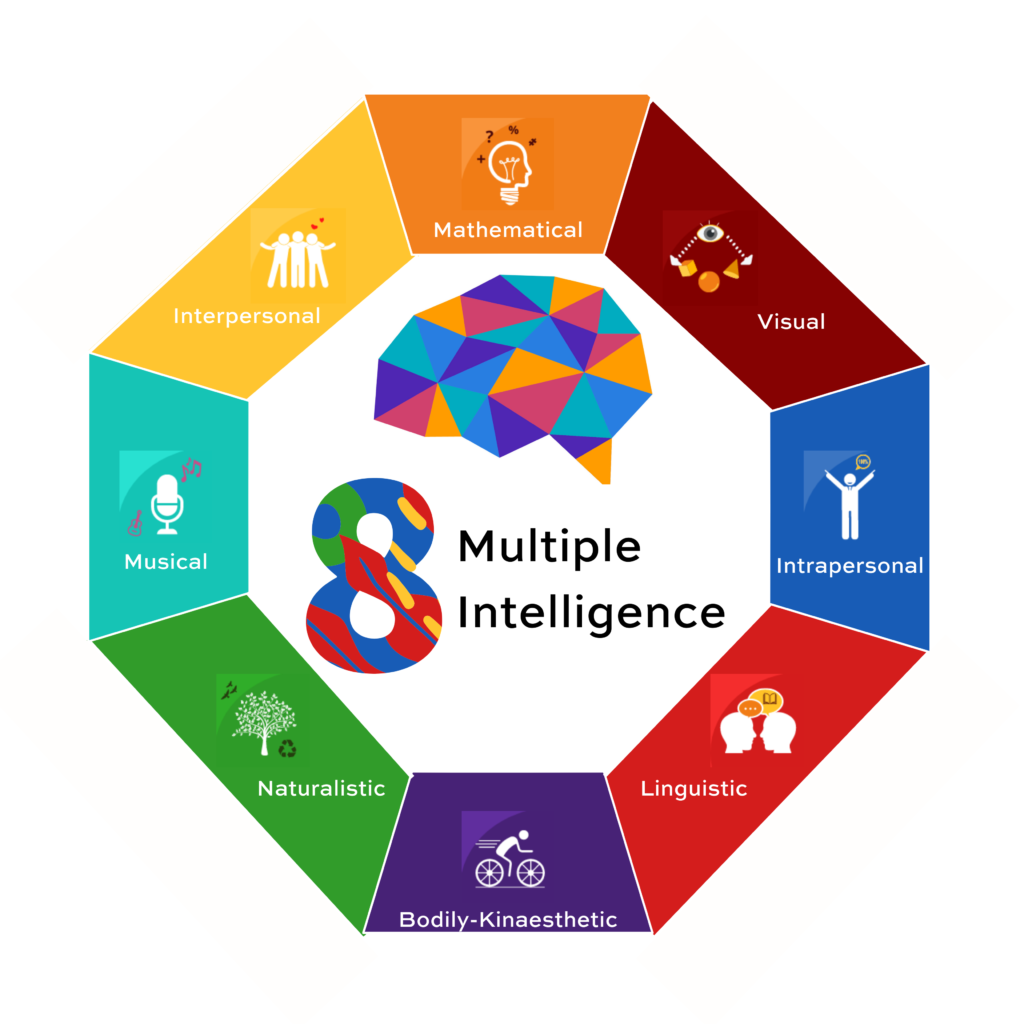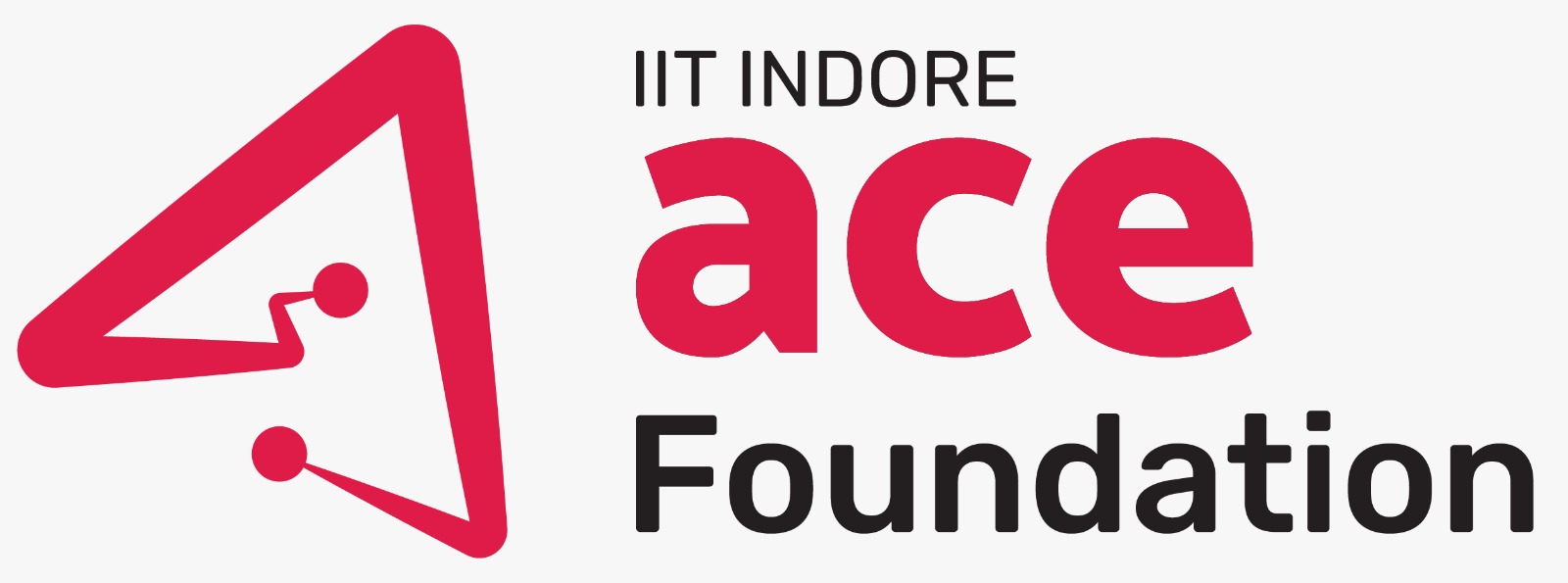A pre-primary class child is at the crucial stage of absorbing the fundamental principles of learning. Identifying the child’s learning style enables success in education and career at later stages.
There is always a sense of wonder and amazement when a pre-primary class child can comprehend a complex idea. However, it can also be a frustrating journey to teach a child if you have not identified the child’s learning style.
Each child has a unique personality and a distinctive learning style. It is necessary to figure out the learning style to cement their foundational knowledge.
We at Caprics Learning Lab specialise in a revolutionary method called MI or Multiple Intelligence. We believe that there are different kinds of intelligence in a child and each child can earn better if you recognise which of these intelligence are stronger in the child. These strategies aim to realise the true potential of the learners.
What is Multiple Intelligence?
Multiple intelligence is a theory by psychologist Howard Gardner. It suggests that human intelligence can be classified into eight modalities: visual-spatial, verbal-linguistic, musical-rhythmic, logical-mathematical, interpersonal, intrapersonal, naturalistic and bodily-kinesthetic. Students learn differently, based on which intelligence is stronger in them. The knowledge of their intelligence can assist teachers in making education a fulfilling experience for the students.

Image description: The different types of intelligence your child owns
Why should you apply MI in the classroom?
Teachers will have many interesting stories to tell about how certain students thrived in a particular class but could barely manage to understand anything in another.
Take the story of Trisha. She enjoyed communicating her thoughts and expressed herself well for a 5-year-old. But any activity with numbers would lead to a frown on her face. Her parents and teacher were worried, till the teacher decided to put forth Maths-related activities in the form of short stories.
Trisha started handling the logical-mathematical activities better and gradually even started enjoying them.
Caprics and your child’s learning
Taking the Concept to Classroom path, the multiple intelligence theory is applied in the classroom environment by us in various ways. Educators trained by Caprics strive for having broad curricula to accommodate learning by different types of intelligence in class.
Caprics Learning Lab has taken into account all activities that ignite and utilise more than one type of intelligence by creating innovative educational resources and pedagogy. Tapping into multiple intelligence requires a comprehensive approach. MI is made a part of the teaching-learning process in many ways including the following:
· Training teachers to make them identify the intelligence inherent in your child.
· Crafting kinesthetic activities and including dramatics to boost sensory abilities
· Presenting theme-based books and concepts through music
· Inclusion of cognitive and logical reasoning projects in the curriculum.
“Everybody is a genius. But if you judge a fish by its ability to climb a tree, it will live its whole life believing that it is stupid.”

“Everybody is a genius. But if you judge a fish by its ability to climb a tree, it will live its whole life believing that it is stupid.”
And Albert Einstein couldn’t have said it better. No child is unintelligent. If we are unable to make a child learn, it means it is a failure on our part to figure out the right way to make the child learn. With our team of qualified educationalists, Caprics Learning Lab endeavours to push the boundaries of teaching-learning by blending MI theory and innovation.





